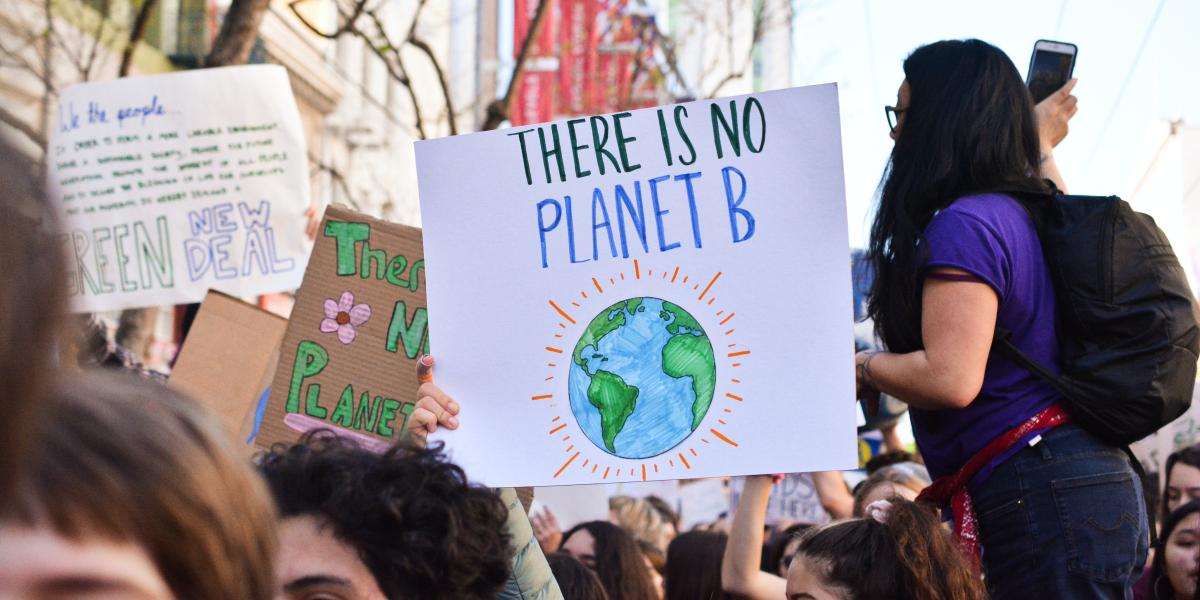
This blog was originally posted to the Institute of Labor Economics (IZA) website on November 15, 2021
More than 20,000 participants, ranging from scientists, activists, negotiators, government representatives, and even some economists recently gathered at the COP26 meeting in Glasgow. The overarching goal of the meeting was to agree on emissions-reduction targets that align with global “net zero” by mid-century and keep global warming of 1.5 degrees within reach. Some of the leading strategies to reach this goal include the phase-out of coal, mass adoption of electric vehicles, and investments in renewable energy sources. Many countries have already proposed or adopted these strategies.
A notable aspect of many of these proposed policies is their joint objective of reducing greenhouse (GHG) emissions while creating better employment opportunities and addressing economic inequality. In April 2021, President Biden, announced a new target calling for a 50 percent reduction in GHG emissions by 2030 (relative to 2005 levels), as part of a plan to “create millions of good-paying, union jobs, ensure economic competitiveness, advance environmental justice, ….” The EU’s evolving Green Deal aims to reduce GHG emissions by 55 percent by 2030 (relative to 1990 levels), while creating “sustainable, local, and well-paid jobs across Europe.”
Will these plans to maximize employment opportunities and foster a just transition, while at the same time reducing GHG emissions, succeed? How many workers will be needed to assemble the new fleet of electric vehicles and build the charging infrastructure to support them? Will programs to increase the energy efficiency of buildings create long-lasting construction jobs with prospects for career growth and advancement?
As is often the case, the quality of our answers to important policy questions depends on the quality (and quantity) of data available. In the case of “green” employment, there is a notable lack of reliable publicly-available data. One issue is that many existing “green” sectors are lumped statistically with “brown” sectors in industry classifications used in labor market data. For example, code 336111, Automobile Manufacturing, includes both the assembling of electric cars and of traditional internal combustion engine cars in the North American Industry Classification System (NAICS) coding system.
Meeting President Biden’s goal of reducing GHG emissions by 50% in 2030 will require a rapid transformation of the electricity generation sector. The National Academy of Sciences concluded that wind and solar electricity capacity would need to expand by up to 300 GW (wind) and 360 GW (solar)—660GW in total—by 2030. These represent major expansions, corresponding to two to four times the current level of installed renewable capacity. How many jobs can we expect such massive investments in renewable electricity to create?
Data from the Quarterly Census of Employment and Wages indicate that in 2019 there were 10,306 workers in wind and solar electricity power generation sector (one of the few sectors where data on low-carbon employment is available), up from 3,479 in 2011. During the same time period, wind and solar capacity grew from 48 GW to 142 GW. A simple regression with nine observations reveals that each 1 GW addition in renewables increases employment in renewable power generation by 80 jobs. Based on that, adding 660 GW of renewable capacity would create about 53,000 new jobs in the renewable generation sector. This is important, but it is a tiny drop in a labor market of 150 million workers.
The full impact of these investments in renewables on employment will be larger accounting for the complex and varied “supply chain.” Wind turbines are made in large part of steel, so that a program to scale up wind capacity would increase domestic steel demand (leading to increased employment in that sector). Likewise, the demand for workers in construction, transportation, and local food and accommodation services should rise following investments in new wind turbine farms.
According to job multipliers provided by the Economic Policy Institute, for each 100 jobs created in the electric power generation sector, 564 indirect jobs are created (multipliers for renewable power generation alone are not available). Accounting for the indirect job creation, a 660 GW in renewable capacity would create to 300,000 jobs, in the short and medium term.
Overall, the efforts to achieve massive increases in renewable energy sources will create many jobs, most indirectly through multiplier effects; but the re-direction of investment in energy production toward renewables will also reduce the number of jobs in those sectors that produce non-renewable energy.
The prospect of creating millions of new good-paying jobs is a central pillar of the political strategy to advance climate policy in the US and Europe. Yet, the net effect of large-scale decarbonization of the economy on employment are unclear, and more research is needed to inform the ongoing transition.



